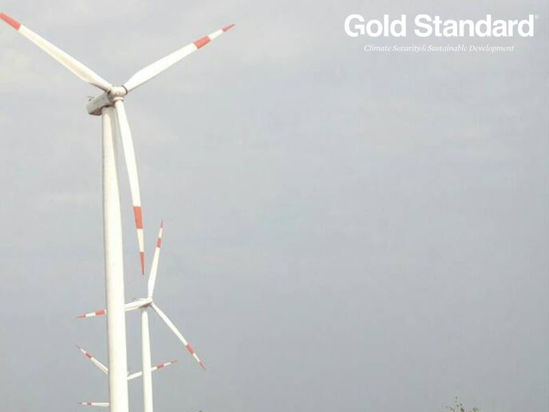| 10/11/2019 |  | 58 t |
| 10/10/2019 |  | 50 t |
| 10/7/2019 |  | 3 t |
| 9/30/2019 |  | 37 t |
| 9/27/2019 |  | 1 t |
| View all 247 | ||
5553
Renewable Wind Power generation for promoting energy security
247
This Gold Standard project promoted by Gangadhar Narsingdas Agrawal produces 25.5 MW of clean energy and leads to annual emissions reductions of 48,430 tCO2e. The project activity is spread across various regions of India, where it contributes to alleviate poverty through the generation of job opportunities.







